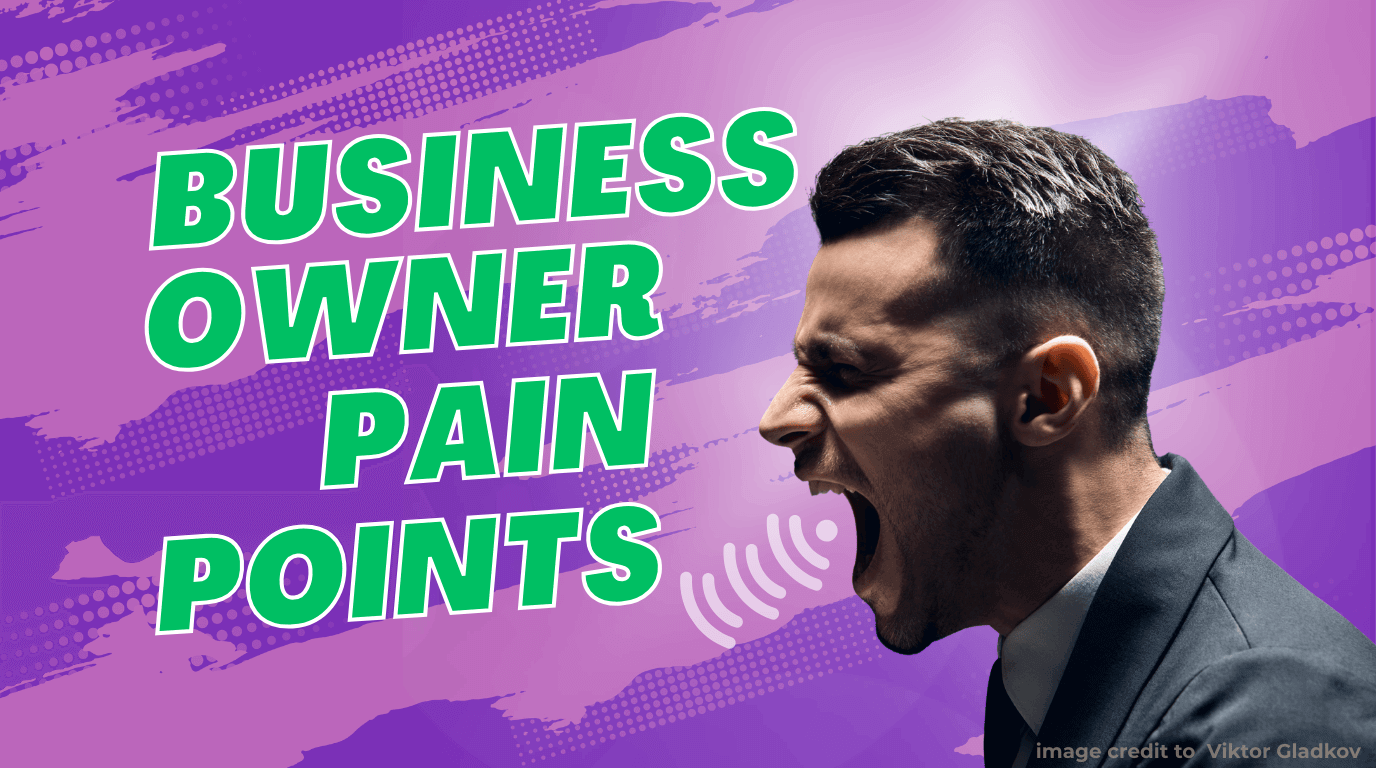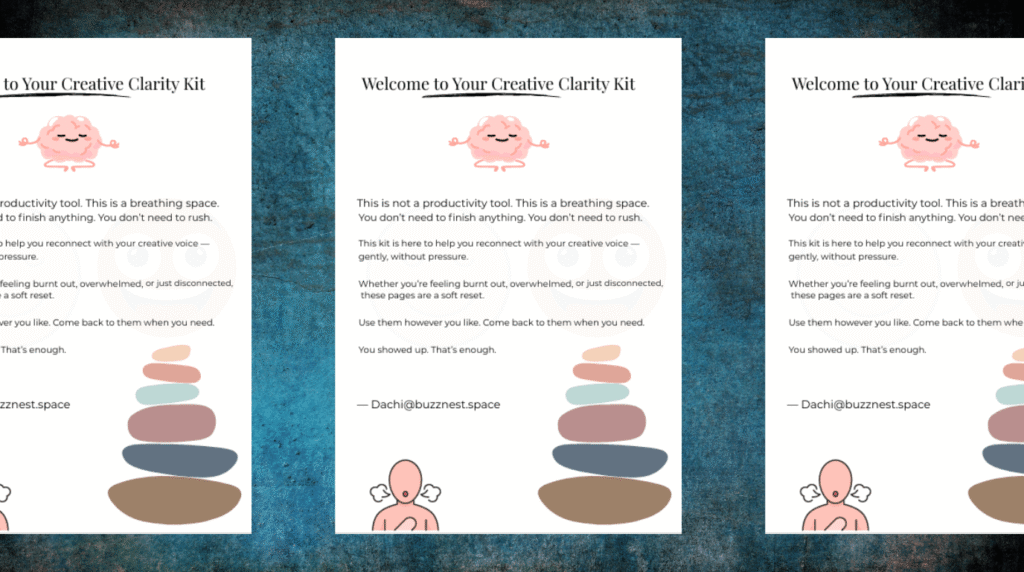There are no reviews yet. Be the first one to write one.
Business Owner Pain Points: 12 Questions Coaches & Entrepreneurs Are Asking Right Now
Focus phrase: business owner pain points
Short preface: If you’re a coach, founder, or entrepreneur feeling overwhelmed, you’re not alone. Below are the most pressing “pain” questions people are asking right now, and practical, no-fluff ways to tackle each one.
Introduction: Why These Business Owner Pain Points Matter
Every entrepreneur faces friction — client gaps, unpredictable cash flow, hiring headaches, and tech overload. These business owner pain points don’t just slow growth; they steal sleep, drain confidence, and block momentum. The good news? Addressing the most common pain points business owners face with clear, practical steps is the fastest way to move from anxiety to control.
1. How Do I Consistently Get Clients?
Why it hurts: Feast-or-famine revenue is one of the most common business owner pain points. It makes planning impossible and forces you to spend more time chasing sales than actually doing the work you love.
Root causes: Inconsistent lead flow, unclear brand messaging, or depending too heavily on a single marketing channel.
Practical Fix (4 Steps)
- Audit your channels: Review referrals, ads, content, and partnerships. Cut the ones with near-zero ROI.
- Create a repeatable lead magnet: Offer a free strategy call, checklist, or mini-course that attracts one ideal client persona.
- Systemize follow-up: Use automated nurture emails combined with at least one personal touch to stop leads from going cold.
- Ask for referrals: Tap into happy clients. Make it easy with pre-written templates or incentives.
Tools to use: ClickUp or Asana (to track leads), Google Workspace or a CRM like HubSpot/ConvertKit, and Calendly for bookings.
Quick checklist: Do you have a lead magnet? A landing page? Booking flow? 7-day nurture email? Referral script? If not, fix the missing piece first.
2. Why Is My Marketing Not Converting?
Why it hurts: You pour time and money into marketing content that gets likes and views but rarely translates into paying customers — another frustrating business owner pain point.
Root causes: Misaligned messaging, weak CTAs, the wrong audience, or poor offer framing.
Practical Fix (A/B Test)
- Clarify your problem & outcome: State the one big problem you solve and the specific result you deliver — avoid vague benefits.
- Simplify your funnel: Focus on one flow: Social post → Landing page with one offer → Booking or checkout.
- Run micro-tests: Change just the headline, CTA, or price. Run for 7–10 days and measure conversion rates.
- Use early testimonials: Secure one within two weeks from an early client to boost credibility and conversions.
3. How Should I Price My Services?
Why it hurts: Pricing is one of the most overlooked business owner pain points. Undercharge, and your margins vanish. Overcharge without building perceived value, and you’ll lose sales.
Framework to price: Cost + Market + Value.
Practical Steps
- Calculate your baseline: Add your monthly target income and fixed costs to determine your revenue need.
- Estimate capacity: Identify how many hours you can realistically bill per month and derive your hourly equivalent.
- Research the market: See what similar services cost. Don’t copy, but understand the range.
- Price for outcomes: Package your service around results (e.g., “6-week client-acquisition sprint”) instead of tasks.
- Offer pricing tiers: Bronze, Pro, and Scale packages with clear deliverables reduce negotiation friction.
Quick tip: Start with a pilot price for your first few clients, then raise rates as you build case studies and testimonials.
4. How Can I Scale Without Burning Out?
Why it hurts: Many business owners hit growth but pay for it with 70-hour weeks. That growth comes with exhaustion, which is one of the most damaging business owner pain points.
Root causes: Lack of systems, owner-dependent processes, and little to no delegation.
Practical Fix
- Document repeatable work: Turn recurring tasks into SOPs using Loom walkthroughs and written guides.
- Automate simple tasks: Use tools like Zapier or Make to handle scheduling, invoicing, and reminders.
- Hire support early: A VA or part-time specialist can take over admin tasks, freeing you up for high-value work.
- Set intentional limits: Block time for deep work, cap client response hours, and avoid “always on” availability.
Tools: ClickUp (SOPs and project management), Loom (video SOPs), Zapier (automation), LastPass (credentials control).
5. How Do I Hire and Trust Remote Help (VAs/Teams)?
Why it hurts: Delegation is essential for growth, but fear of a bad hire or security risks makes this one of the biggest business owner pain points.
Practical Vetting & Trust Steps
- Request proof of competence: Ask for work samples, client references, and run a short paid test task.
- Define success before hiring: Clear SOPs and performance metrics prevent confusion and misalignment.
- Protect sensitive data: Use NDAs and role-based access with password managers like LastPass or 1Password.
- Maintain consistent communication: Weekly check-ins and written updates build trust and reduce surprises.
Quick onboarding checklist: NDA signed, logins shared via password manager, Loom walkthrough provided, trial tasks assigned, and access revoked at offboarding.
6. How Do I Fix Cash Flow and Late Payments?
Why it hurts: Delayed payments choke growth, block payroll, and create sleepless nights. Cash flow struggles are one of the most common business owner pain points.
Practical Solutions
- Change billing terms: Require a 30–50% deposit upfront and use shorter net terms (7–15 days).
- Automate invoicing: Use Stripe, PayPal, QuickBooks, or Xero to send reminders and recurring invoices.
- Reward early payers: Offer small discounts for early payment and penalties for late ones — clearly stated in contracts.
- Build a buffer: Maintain 1–2 months of operating expenses in reserve and arrange a line of credit for emergencies.
7. How Do I Productize Services and Create Recurring Revenue?
Why it helps: Turning projects into predictable, repeatable services is the cure for feast-or-famine cycles — one of the most stressful business owner pain points.
How to Productize
- Spot repeatable outcomes: Things like monthly reports, ongoing social media, or weekly updates work well.
- Package them: Bundle deliverables into a subscription with clear SLAs.
- Price for outcomes: Keep cancellation simple to lower friction while ensuring predictable revenue.
- Pilot with 3–5 clients: Test and refine before rolling out at scale.
8. How Do I Adopt AI Without Messing Things Up?
Why it hurts: AI feels like a shortcut, but blind reliance can create errors, brand mismatch, or even ethical issues. Misuse of AI is a modern business owner pain point.
Practical AI Adoption Pattern
- Start small: Use AI for drafts, outlines, and summaries — never as final client-facing work.
- Keep a prompt library: Store tested prompts that reflect your brand voice.
- Automate wisely: Let AI handle ideation (emails, posts, task templates) but keep humans in the loop.
- Add review gates: Proofread, fact-check, and personalize every AI-assisted output.
Ethical note: Disclose AI use where necessary to avoid damaging client trust.
9. How Do I Measure Marketing ROI Correctly?
Why it hurts: Vanity metrics mislead. Likes and clicks don’t pay bills, and misinterpreting ROI is a silent business owner pain point.
Essential ROI Approach
- Track leads by source: Use UTMs and CRM fields to tie revenue back to origin.
- Calculate CAC vs LTV: Compare acquisition cost against customer lifetime value.
- Monitor conversions: Watch the funnel from visits → leads → consultations → paying clients.
- Use a simple dashboard: Report Leads, Conversion %, CAC, LTV, and Net Revenue monthly.
10. How Do I Stop Scope Creep and Set Boundaries?
Why it hurts: Clients who push for “just one more thing” without paying turn small projects into unpaid marathons. This scope creep is a frustrating business owner pain point.
Simple Boundary System
- Write it down: Define scope, timelines, and revisions upfront.
- Use a request system: Require new requests through ClickUp or Trello with time/cost estimates.
- Charge fairly: Bill add-ons immediately or roll into the next invoice.
- Send polite templates: Acknowledge requests, then clarify if it’s included, an add-on, or for next month.
11. How Do I Protect Client Data & Stay Compliant?
Why it matters: A data breach can destroy reputation overnight. Regulatory compliance is not optional — and for many, it’s one of the scariest business owner pain points.
Essential Protections
- Sign NDAs: Cover confidentiality with contractors and clients alike.
- Control access: Share passwords only via managers like LastPass or 1Password.
- Encrypt & protect: Use document encryption and two-factor authentication on accounts.
- Revoke promptly: Always cut access during offboarding.
Note: If you operate in finance, healthcare, or legal sectors, seek compliance-specific legal advice.
12. How Do I Stand Out in a Crowded Market?
Why it’s hard: In saturated markets, everyone looks and sounds the same. Blending in is another invisible business owner pain point.
Positioning Checklist
- Niche down: Pick a target audience + a specific outcome.
- Share your origin story: Authenticity builds trust and differentiates you from competitors.
- Build signature offers: Create 3 clear packages that highlight results.
- Collect & display proof: Case studies and testimonials should be central in your marketing.
Frequently Asked Questions (FAQs)
Q: How long before I see noticeable improvement?
A: With focused action on one or two business owner pain points (for example, lead flow + pricing), most owners see meaningful change in 6–12 weeks. The key is consistent, measurable changes — not scattered tactics.
Q: Should I hire a VA, freelancer, or agency first?
A: Start with a VA for repeatable admin tasks and a small specialist/freelancer for niche technical work. Agencies are great for one-stop scaling but cost more. Ramp up: VA → specialist → agency as needs grow. The right choice depends on which business owner pain points you want to address first.
Q: How much should I spend monthly on tools and systems?
A: Keep tools lean early. Expect $50–$300/month depending on scale (basic stack: scheduling + CRM + project mgmt + file storage). Reinvest savings into client acquisition once ROI is proven. Investing in the right tools prevents small business owner pain points from compounding later.
Q: Is it safe to use AI for client work?
A: Yes — if you use AI as an assistant, not as a final deliverable. Always review, customize, and be transparent with clients when AI is used for research or drafts.
Pro Tips:
Harvard Business Review – insights on leadership & entrepreneurship
👉 Harvard Business Review
Forbes – small business and startup challenges
👉 Forbes Small Business
Entrepreneur.com – growth, scaling & productivity
👉 Entrepreneur
HubSpot Blog – marketing & business strategy
👉 HubSpot Blog
Statista – data-driven insights about small businesses
👉 Statista
Conclusion & Quick 30-Day Action Plan
These are the most common business owner pain points in a practical, actionable format. If you only do three things this month, do this:
- Fix lead flow: build a simple lead magnet + 1 automated follow-up email.
- Protect cashflow: add deposit terms and automate invoicing.
- Document one SOP and delegate it to a VA or freelancer.
Take small, measurable steps — consistency beats perfection. Tackling even one or two business owner pain points systematically can restore momentum and confidence. If you want, I can turn any one of the above sections into a full standalone article, checklist, or email sequence you can use immediately.

Read next:
- VA Pricing Strategy 2025: How to Set Rates That Scale
- Scaling Your VA Business: Mistakes to Avoid in 2025
- VA Niches 2025: Proven Guide to Profitable Services
- How to Earn in Dollars as a VA: Step-by-Step Guide
Funnels. Emails. Courses. All-in-one & Free Forever — No tech headaches.
Start Free


